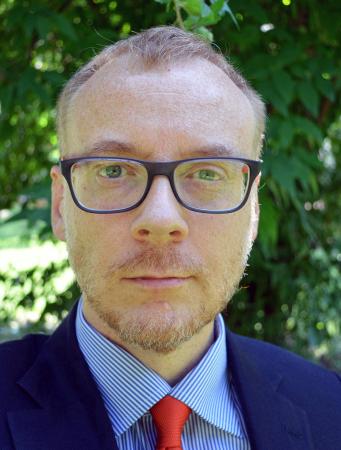One book I would recommend to those studying, or doing research on, public or private international law is Charles S. Maier’ Once within Borders: Territories of Power, Wealth, and Belonging since 1500 (2016). This is not, strictly speaking, a book about law. It is a book about territory as a concept, and the role played by that concept in shaping the political map of Europe and the world.
So, how would a book on the history of the idea of territory be useful for someone interested in international law? To begin with, territory clearly occupies a special place in international legal discourse. One of the first things one learns about public international law is that statehood entails, for a political entity, sovereignty over a territory, a portion of the earth’s surface uniquely allocated to a given State. Unsurprisingly, a large share of international law is concerned precisely with territory and with the way in which States use it. The rules of private international law, too, frequently refer to territory. Legal relationships are presented as being connected with a particular space, which frequently implies that the law in force in that space governs the substance of such relationships, and that local courts have jurisdiction over the disputes arising thereunder. Reflecting on the notion of territory is thus a good way to get a better understanding of the law, insofar as its rules make use of geographical references.
The second reason for recommending a history book is that lawyers, concerned as they are with present needs, tend to pay little attention to the past. This entails the risk of being unable to grasp the social and political bases of law, since these can hardly be assessed otherwise than in a historical perspective. Charles S. Mayer’s book comes as an antidote to that risk, for it moves beyond territory as a taken-for-granted concept and rather looks at territory as a tool whereby spaces have been imagined and organized, historically. Maier focuses on the social and political uses of territory, that is, on territory as a decision space and as an identity space. Law, including international law, has been – and still is – crucial to establishing and preserving those spaces, and to defining the communities living in those spaces, politically as well as economically and culturally.
The third reason is that a book like Once within Borders aptly reminds that social reality and political phenomena are inherently subject to change. While territory, as a physical concept, presents itself as something quintessentially firm and stable, territory as a political construct is being constantly reshaped. Maier’s book provides an account of the way in which boundaries and borders have been conceptualised by rulers, diplomats, economic planners, fortress architects, industrialists and geographers since the 16th Century, and illustrates the way in which their approach and agenda have evolved over time. This is a useful lesson for those interested in international law’s new or unresolved challenges, such as those relating to climate change, the cross-border movement of personal and non-personal data or the governance of migration. Existing rules, it is often contended, are ill-equipped to respond to newly emerged or rapidly evolving concerns. Arguably, one way to assess whether the time has come to change the law in a given area, is to consider whether the rules in force build on notions that keep pace with reality. Lawyers aware of the social and political meaning of territory are probably more ready than others to reconsider and abandon such rules as reflect an outdated vision of territory. Significantly, the concerns mentioned above – climate change, data flows and migration – revolve precisely around the implications of State boundaries for the governance of global phenomena, and call as such for new ways to articulate power and territory. Scholars with an interest in history and the history of concepts could ultimately be more able than others to approach that kind of concerns from entirely new angles, and do more than merely refashioning existing solutions.
BIOGRAPHY
Pietro Franzina teaches Private International Law and the Law of International Arbitration at the Catholic University of the Sacred Heart in Milan (Italy). He will give a special course on 'Private International Law and Time' in the framework of the 2021 Summer course of the Hague Academy of International Law.
